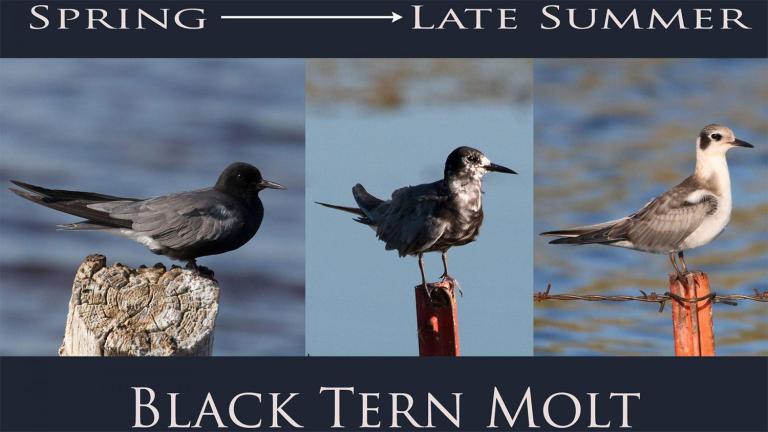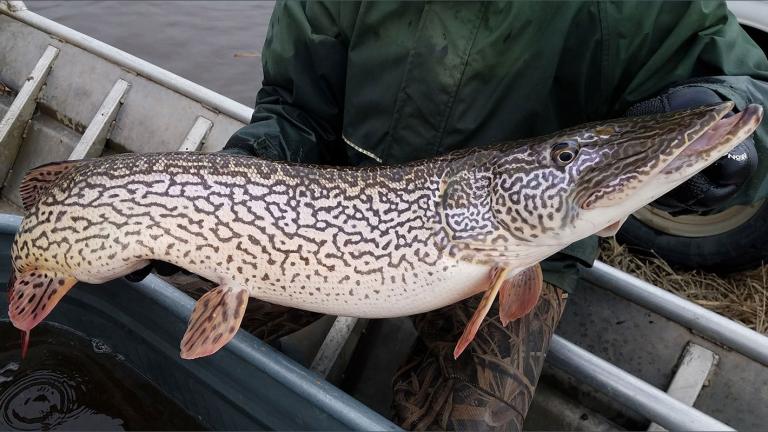All birds molt - shedding their old, weathered feathers with new ones. Some birds molt once per year, others two or three times per year. Sometimes the molt process is simultaneous, such as with waterfowl when they lose all of the primary feathers at once, leaving them flightless for 3-4 weeks. You’ve probably seen them this time of year in a wetland doing a breast-stroke swim to escape to cover.

Wildlife Notes
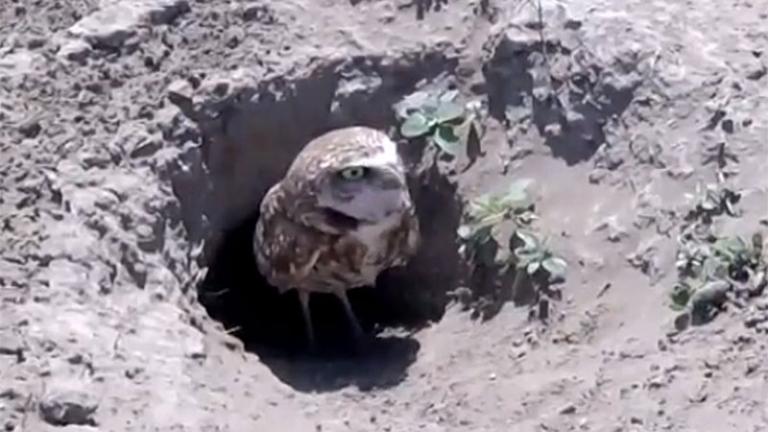
Burrowing Owls
Burrowing owls nest underground. Learn more in this Wildlife Notes post.
Read Full Article: Burrowing Owls

The Sandman Goes Wild
For humans, sleeping involves closing their eyes and drifting away into a state of rest for the mind and body. In the safety and warmth of their home, this is typically accomplished in about eight hours. For teenagers, sometimes it takes much longer.
Read Full Article: Read The Sandman Goes Wild

White-Tailed Deer Movements
On the northern Great Plains, seasonal movements of white-tailed deer are highly variable. Find out more in this Wildlife Notes post.
Read Full Article: White-Tailed Deer Movements

Sharp-tailed Grouse or Fire Bird
To the Lakota, the sharp-tailed grouse was called “Cansiyo” or the “Fire Bird”, because of its need for fire to keep the grasslands open. Learn more about this iconic bird in the Wildlife Notes post.
Read Full Article: Read Sharp-tailed Grouse or Fire Bird

Western Prairie Fringed Orchid
The western prairie fringed orchid is North Dakota's only federally listed plant under the Endangered Species Act.
Read Full Article: Western Prairie Fringed Orchid
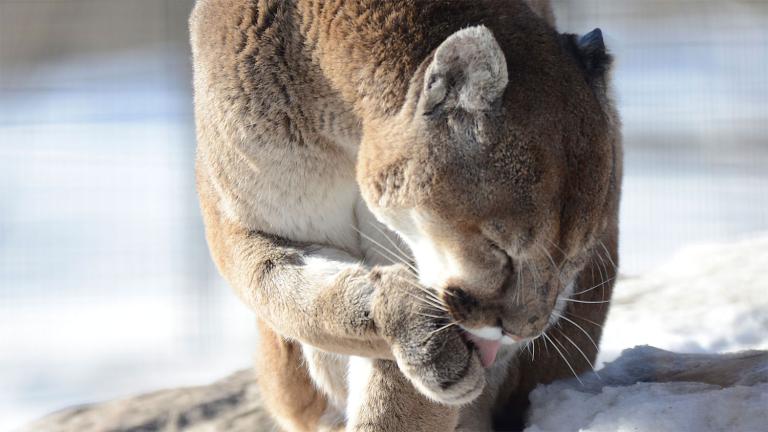
Mountain Lion vs. Canine Tracks
How do you tell the difference between mountain lion and coyote tracks? Watch this short video for some tips.
Read Full Article: Mountain Lion vs. Canine Tracks
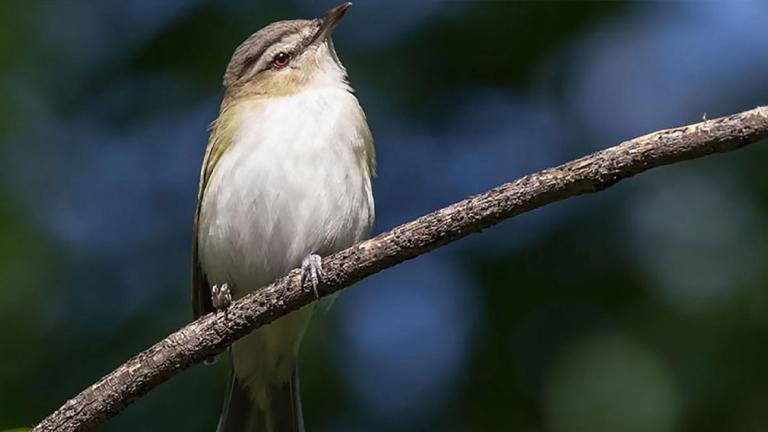
Red-Eyed Vireo
Red-eyed vireos typically sing high in tree canopies in short little bursts of 2-4 syllables, altering back and forth between ascending and descending tones so it sounds like a 90's Valley Girl on the phone saying, "Hello?" "Where are you?" "That's cool" "I'm up here." "Totally."
Read Full Article: Learn more about red-eyed vireo

Kneeling Moose
Moose are tall, gangly creatures that normally eat from the trees. When a food source is on the ground things get challenging. Learn more in this post.
Read Full Article: Kneeling Moose
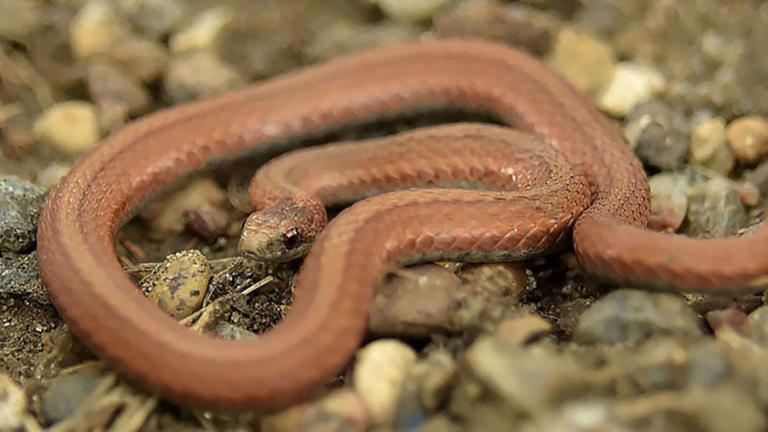
Red-Bellied Snakes
Red-bellied snakes can be found in the eastern half of North Dakota and are the state's smallest snake reaching lengths of only 8-10 inches.
Read Full Article: Learn more about red-bellied snakes
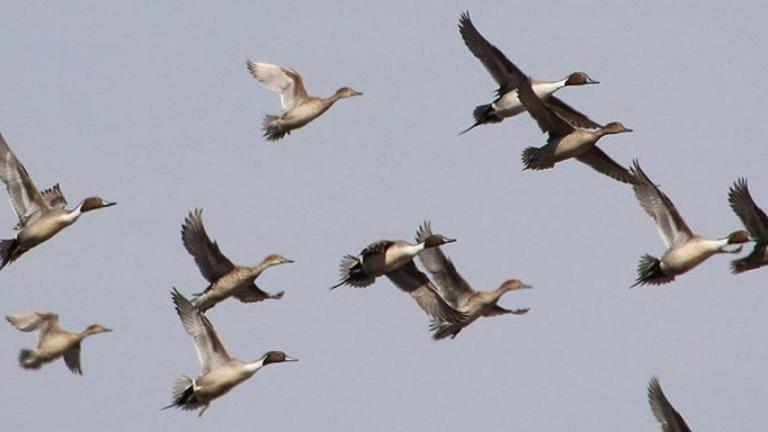
Birds of a Feather
Did you know a hummingbird has about 1,000 feathers on its body, whereas a Northern pintail has nearly 15,000? Feathers vary in structure and function. Check out this cool interactive learning tool, All About Feathers.
Read Full Article: Birds of a Feather
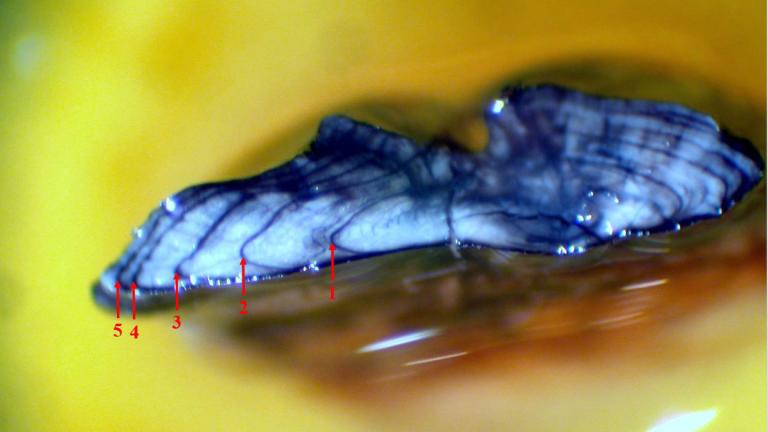
Aging Fish
Have you ever wondered how a bony fish can be aged? Biologists count the growth sections of their otoliths. Learn more in this post.
Read Full Article: Aging Fish
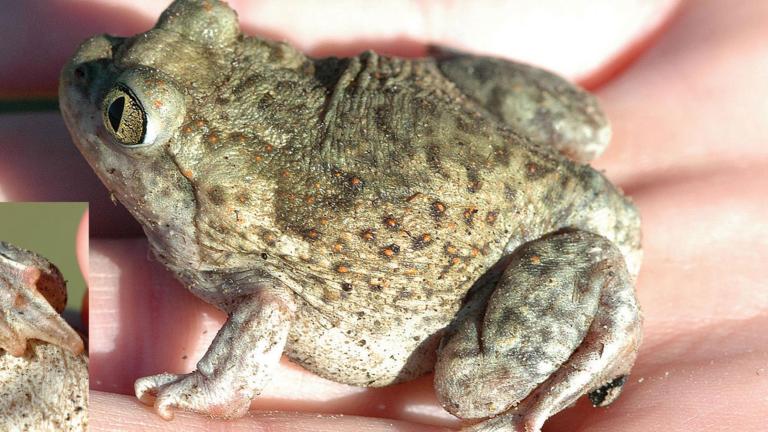
Plains Spadefoot
The plains spadefoot (Spea bombifrons) is the most easily recognized toad in North Dakota. Its skin is smooth like that of a frog, and it has a distinct vertical pupil like that of a cat. Its color varies from a light cream, to gray or brown, and may have small orange spots.
Read Full Article: More about plains spadefoot
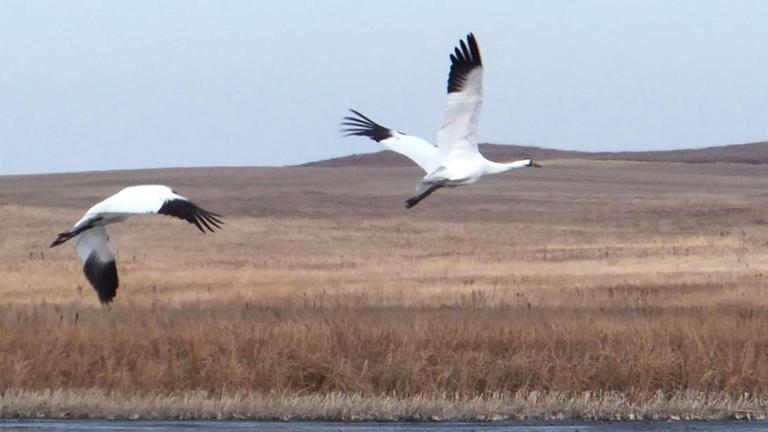
Whooping Crane Migration
The whooping cranes that make their way through North Dakota each spring are part of a population of about 500 birds that are on their way from their wintering grounds at Aransas National Wildlife Refuge in Texas to their nesting grounds at Wood Buffalo National Park in Canada, a distance of about 2,500 miles.
Read Full Article: Learn More about whooping crane migration
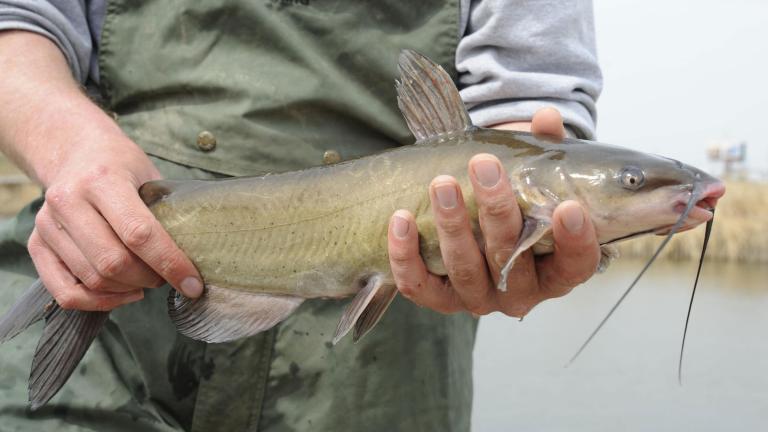
Catfish Taste Receptors
Channel catfish are aptly nicknamed swimming tongues. Find out why in this Wildlife News post
Read Full Article: Catfish Taste Receptors
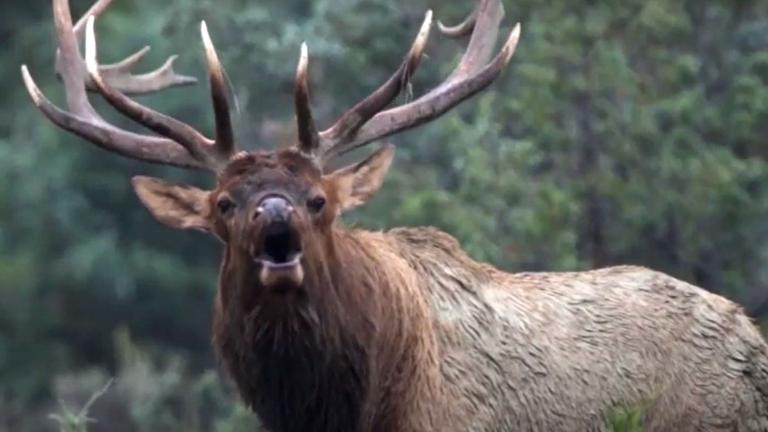
Elk Bugling
Department Upland Game Management Supervisor Jesse Kolar took this awesome video of a bull elk bugling in the badlands (Fall 2019).
Read Full Article: Watch Elk Bugling
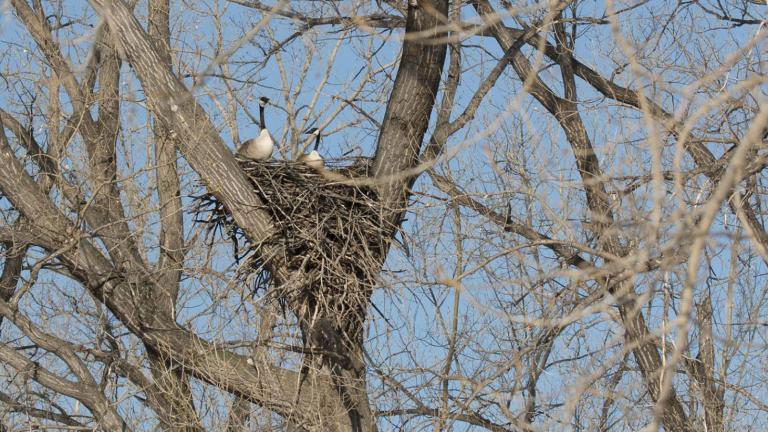
Canada Geese and Tree Nests
Did you know that Canada geese will sometimes appropriate old nests of tree nesting birds like eagles? How do the goslings get down from these nests? Find out here.
Read Full Article: Canada Geese and Tree Nests

Northern Hawk Owl
The northern hawk owl is a unique looking creature that can occasionally be found in North Dakota in the winter.
Read Full Article: Watch Owl Video
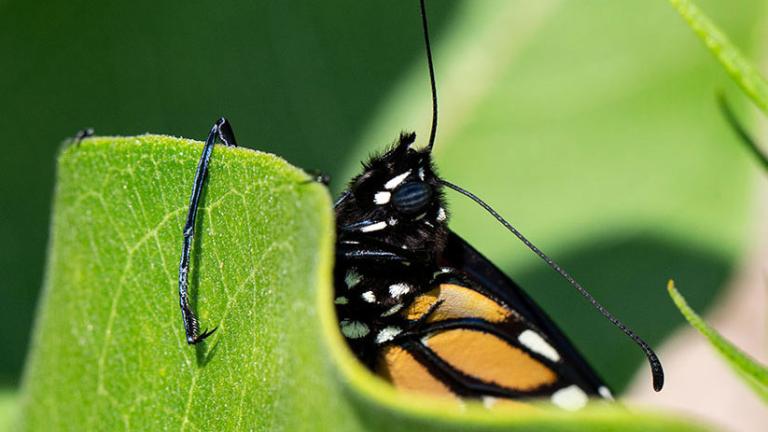
Mimicry in the Wild
Is it a monarch butterfly or a viceroy? Viceroy, along with many other species, use mimicry to aide survival. Find out more in this post.
Read Full Article: Mimicry in the Wild
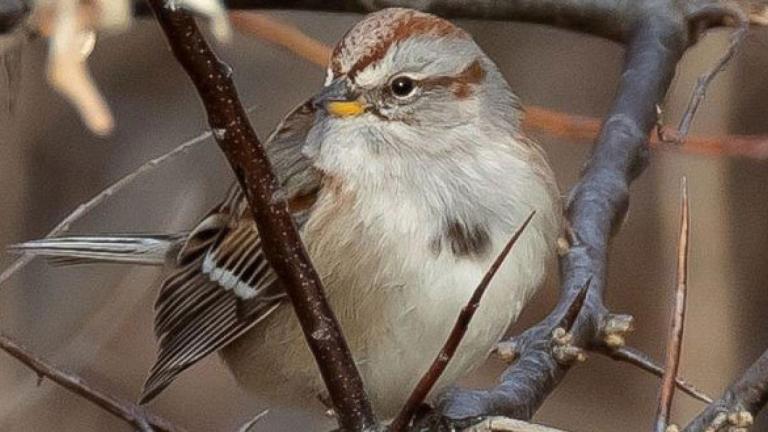
American Tree Sparrows
In the summer, American tree sparrows can be found nesting (on or near the ground, not in trees as their name might imply) in the far northern regions of Canada and in Alaska.
Read Full Article: Learn more about tree sparrows
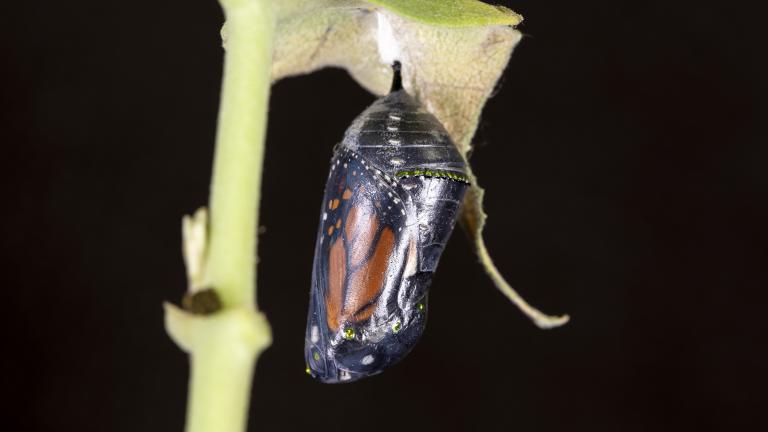
Monarch Butterfly Emerging from Chrysalis
Getting to watch an adult monarch butterfly emerge from its chrysalis is something most of us never get the opportunity to do, so we thought we’d share these photos.
Read Full Article: Monarch emergence photos
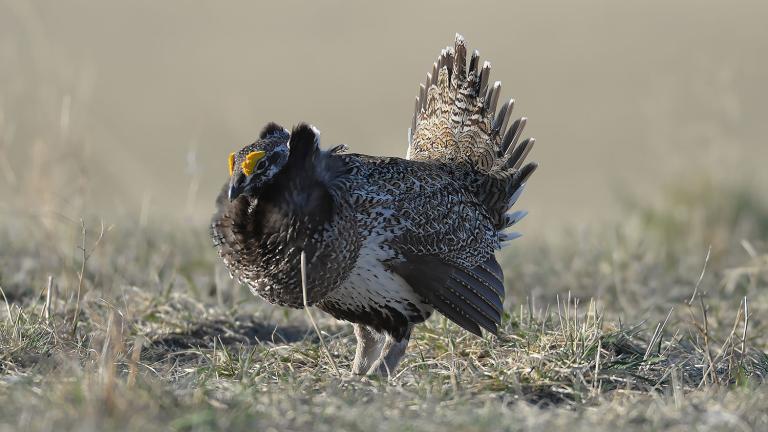
Hybrid Sage Grouse/Sharp-tailed Grouse
While rare hybrids in North Dakota sage grouse and sharp-tailed grouse occasionally occur. Learn more in this video depicting sage, sharptail and hybrid grouse.
Read Full Article: Hybrid Sage Grouse/Sharp-tailed Grouse

